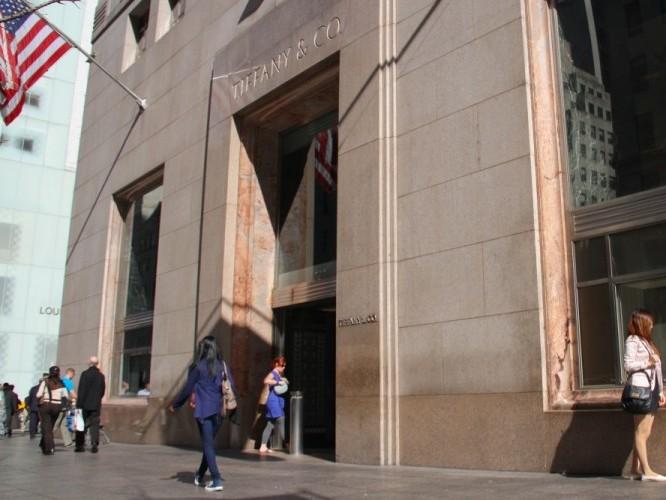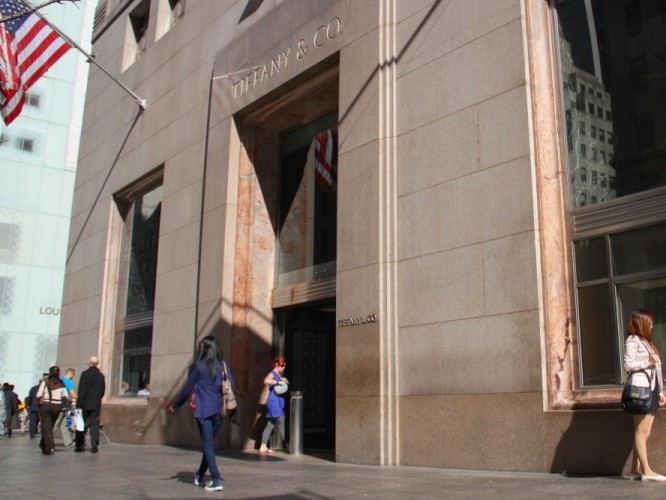NEW YORK—Tiffany & Co., one of the world’s biggest luxury jewelry makers, said on Tuesday that its fiscal fourth-quarter earnings came in below analyst expectations on weaker American and European sales during the holidays.
It was the first time in five quarters that Tiffany has not exceeded analyst expectations. However, the company forecasted higher 2012 prospects, estimating both higher revenues and earnings. Tiffany estimated that 2012 earnings per share would come in around $4, higher than Wall Street expectations.
Full-year fiscal 2011 earnings were $439 million, or $3.40 per share.
“Although we concluded the year with softer-than-expected results. Nonetheless, we remain focused on successfully executing our long-term strategies and pursuing Tiffany’s substantial global growth potential in 2012 and beyond,” said CEO Michael Kowalski in a statement on Tuesday.
While profits were disappointing, topline revenues were sterling at the high-end jewelry giant. Same-store sales—a widely used measure in the retail industry to track sales at stores open for more than a year—grew 5 percent. Across the regions, Tiffany sales in the Americas grew 5 percent, while sales in Europe grew 3 percent.
But the Asia-Pacific region was a boon for Tiffany. Sales in the region rose 19 percent in the fourth quarter, and 12 percent in Japan.
Tiffany is forecasting a better 2012, on recovering economies in the Americas and Europe. New product lines, such as Paloma Picasso’s Venezia collection, helped boost sales during the 2011 holiday shopping season. The company projected sales gains of 10 percent in 2012, most coming in the second half.
The recent financial crisis has tightened budgets for some, but in the high-end spectrum, sales were not severely impacted. Consulting firm Bain & Co. estimated in its recent Luxury Goods Global Market Study that 2011 luxury goods sales rose 10 percent from 2010, a stellar showing following 2010’s double-digit growth.
Another luxury goods maker, Compagnie Financière Richemont S.A., the world’s largest luxury jewelry maker and owner of Cartier, Chloe, and several luxury watch brands, said that the group’s sales increased by 24 percent in the fourth quarter, including a 36 percent gain in Asia-Pacific.
Several luxury goods retailers suggested that Asia, and specifically China, has become one of their focal points as income has risen in the region over the last decade.






